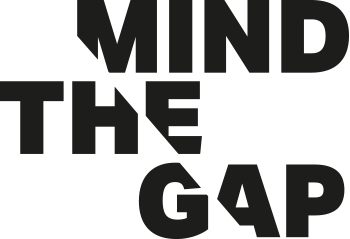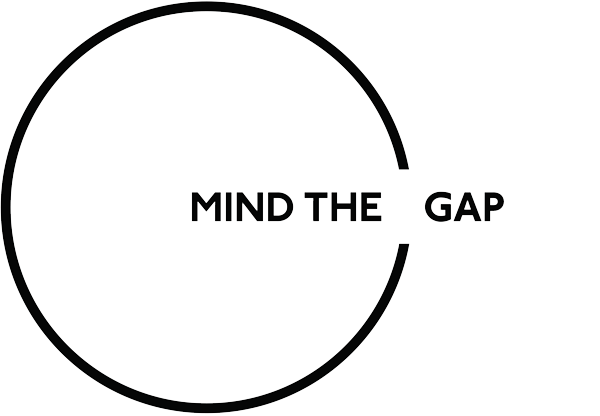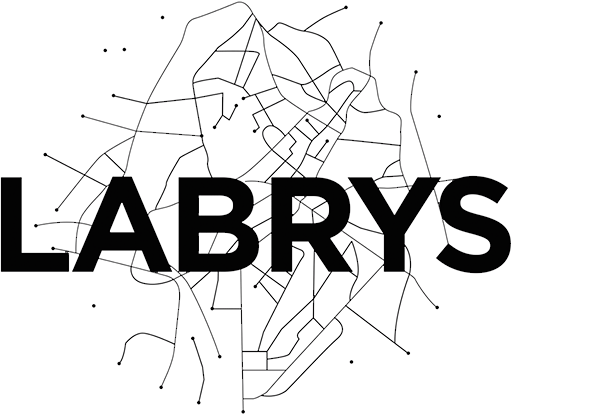Mind the gap is a visual contemporary art project organised by Altreforme in Gorizia, in collaboration with different cultural institutions and institutional agents of the Friuli Venezia Giulia region. The project, started in 2017, takes place inside Parco Basaglia and in various locations in the city.
Mind the Gap is inspired by and dedicated to Franco Basaglia, the Italian psychiatrist who authored the eponymous law (known as Basaglia law or Law 180) and promoted the closing of psychiatric hospitals. Moreover, the project also aims at reinforcing participatory cultural processes over the years and through multiple actions. As Franco Basaglia once affirmed, art and culture can become devices to engage both the places and the interactions these places host.
Previous editions

Third Edition, 2019
The third edition of Mind the Gap, entitled Recalculating. Computing territories and their analog actuators, is focuses on technological infrastructures and the relationship between people and technology, investigated through works by artists Sofia Braga, Emilio Vavarella and KairUs, a collective of two artists – Linda Kronman and Andreas Zingerle.
Curated by Davide Bevilacqua
Second Edition, 2018
Mind the gap is a project of Christian Fogarolli conceived for Parco Basaglia, the place where in 1961 the homonymous Italian psychiatrist started his own therapeutic (and social) revolution. The title of the exhibition – a clear pun between the terms “mind” (brain, memory, sanity) and “gap” (discrepancy, breach, difference) – focuses on diversity as a value worth considering and aims at shedding light on contemporary art as something able to rethink the traditional destination of the places involved and equally able to debunk preconceptions and prejudices that too often still afflict the world of mental health.
Curated by Giorgia Gastaldon
First Edition, 2017
Labrys is a project of contemporary art, diffused in time and space. Labrys is a project, divided into nine parts created by visual artist Maria Rebecca Ballestra, and loosely based on the writings by Julien Friedler, The Truth of the Labyrinth. The aim of each stage is to investigate the meaning of the object “labyrinth” by unfolding every time a different symbolism.
Curated by Giorgia Gastaldon


